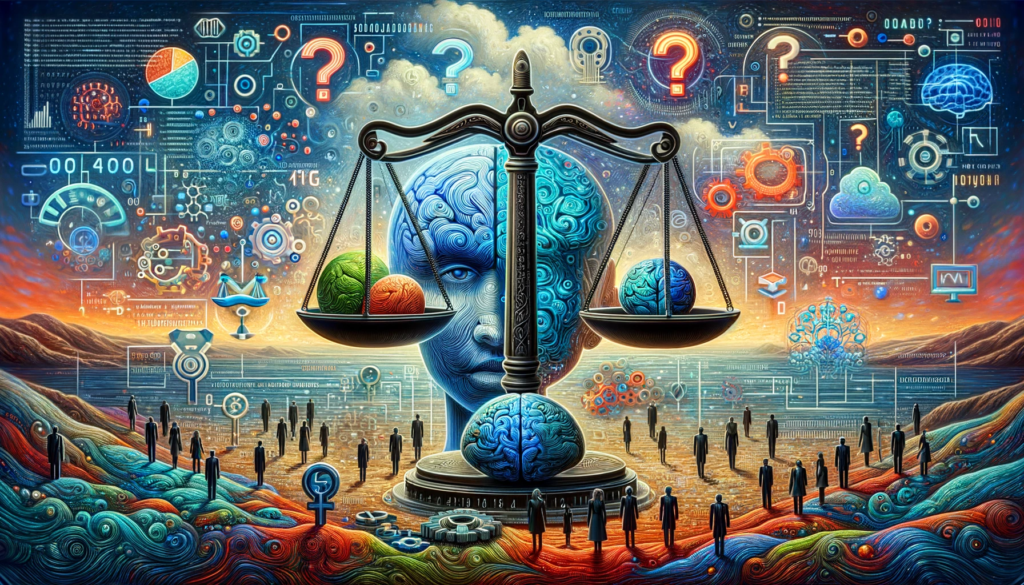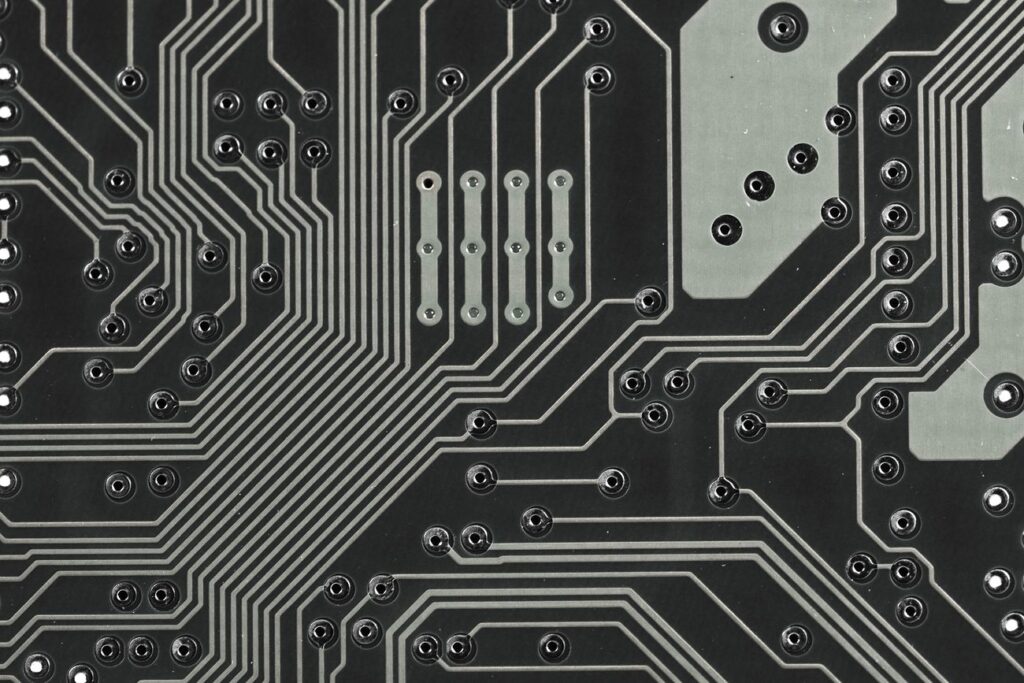Introduction:
Virtual Reality (VR), Augmented Reality (AR), and Mixed Reality (MR) are rapidly emerging technologies that are transforming the way businesses operate and engage with their customers. This article delves into the potential of VR, AR, and MR in various business applications, highlighting their benefits and the opportunities they offer for innovation, enhanced customer experiences, and improved operational efficiency.
Understanding VR, AR, and MR:
Virtual Reality (VR) immerses users in a simulated environment, providing a fully computer-generated experience. Augmented Reality (AR) overlays digital information onto the real world, enhancing the user’s perception of reality. Mixed Reality (MR) combines virtual and real-world elements, allowing users to interact with digital content while being aware of their physical surroundings.
Enhanced Customer Experiences:
VR, AR, and MR technologies offer businesses unprecedented opportunities to deliver immersive and personalized customer experiences. For example, VR can transport customers to virtual showrooms, enabling them to explore products and services in a highly interactive and realistic manner. AR can enhance product visualization by overlaying digital information, such as specifications or user reviews, onto physical objects. MR can revolutionize training programs by blending real-world scenarios with interactive virtual elements, providing hands-on experiences.
Training and Education:
VR, AR, and MR have immense potential in training and education across various industries. These technologies can simulate realistic environments and scenarios, allowing employees and students to practice skills, conduct simulations, and gain hands-on experience in a safe and controlled manner. From medical training to industrial simulations and employee onboarding, VR, AR, and MR offer immersive and effective learning solutions.
Product Design and Prototyping:
VR, AR, and MR technologies are revolutionizing product design and prototyping processes. Businesses can use VR to create virtual prototypes, enabling designers and engineers to visualize and test products before physical production. AR can aid in real-time product modifications by overlaying digital design elements onto physical objects, facilitating collaboration and speeding up the design iteration process. MR can provide a mixed reality environment for collaborative design reviews, allowing stakeholders to provide feedback and make informed decisions.
Remote Collaboration and Communication:
VR, AR, and MR technologies bridge the gap between remote teams and enable effective collaboration and communication. Businesses can leverage these technologies to create virtual meeting spaces, where team members from different locations can interact and collaborate as if they were physically present. AR can facilitate remote assistance by overlaying instructions and guidance onto real-world objects, enabling experts to support field technicians or customers remotely.
Data Visualization and Analytics:
VR, AR, and MR enable businesses to visualize and analyze complex data in new and intuitive ways. These technologies can transform voluminous data into interactive and immersive visualizations, making it easier for decision-makers to identify patterns, detect anomalies, and gain valuable insights. By leveraging VR, AR, and MR, businesses can enhance data-driven decision-making processes and improve overall operational efficiency.
Marketing and Advertising:
VR, AR, and MR provide innovative marketing and advertising opportunities. Businesses can create immersive VR experiences that allow customers to interact with products and services virtually, influencing purchasing decisions. AR can bring static advertisements to life by overlaying digital content, enhancing engagement and driving brand awareness. MR can enable consumers to try on virtual clothes or accessories, visualize home furniture, or experience travel destinations, offering a compelling and personalized marketing experience.
Real Estate and Architecture:
VR, AR, and MR are revolutionizing the real estate and architecture industries. These technologies enable virtual property tours, allowing potential buyers or tenants to explore properties remotely and visualize their future spaces. AR can overlay architectural plans onto real-world environments, enabling architects and builders to assess designs in context. MR can facilitate interactive architectural visualization, providing clients with an immersive understanding of proposed designs.
Healthcare and Medical Training:
VR, AR, and MR have significant potential in healthcare for diagnostics, treatments, and medical training. Surgeons can use VR to practice complex procedures in a risk-free virtual environment before performing them on patients. AR can aid in real-time visualization of patient data during surgeries, enhancing precision and reducing errors. MR can create interactive anatomical models for medical education, enabling students to explore and understand the human body in 3D.
Future Possibilities and Innovation:
The possibilities of VR, AR, and MR in business applications are continually expanding. From remote maintenance and repair to virtual tourism, employee training simulations, and immersive entertainment experiences, these technologies are reshaping industries. As technology advances and adoption grows, businesses need to stay abreast of emerging trends and explore how VR, AR, and MR can enhance their operations, deliver superior customer experiences, and drive innovation.
Conclusion:
VR, AR, and MR technologies are revolutionizing business applications across industries. From enhancing customer experiences and improving training programs to enabling remote collaboration, data visualization, and innovative marketing campaigns, these emerging technologies offer tremendous potential for businesses seeking a competitive edge. By embracing VR, AR, and MR, organizations can unlock new possibilities, drive innovation, and create transformative experiences that elevate their brand, engage customers, and optimize operational efficiency in the rapidly evolving digital landscape.


